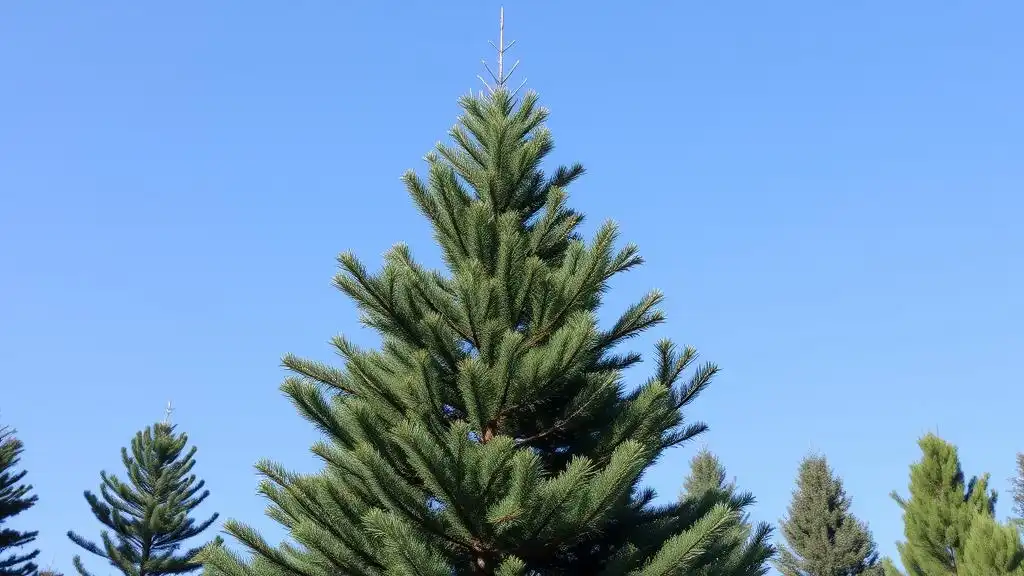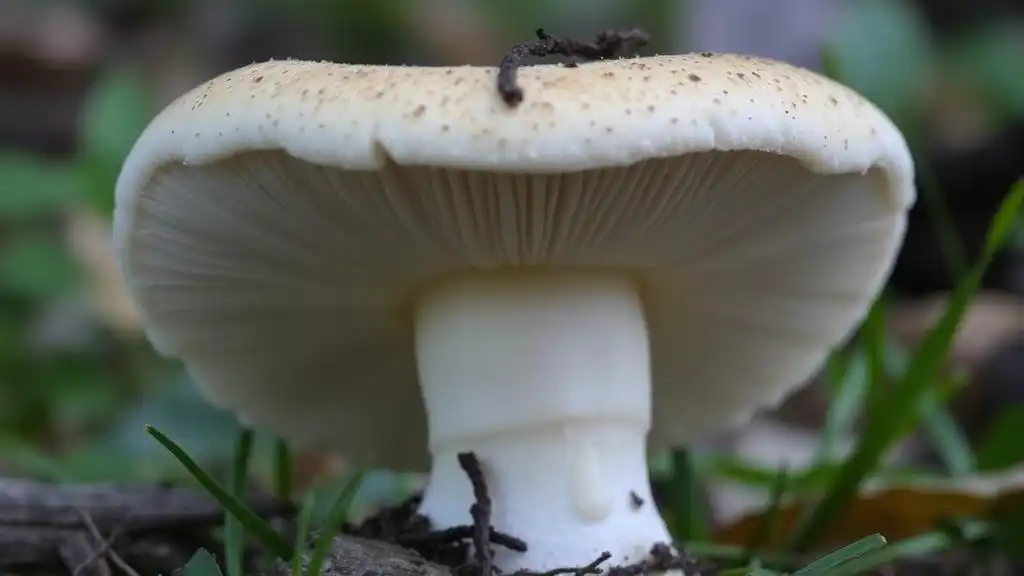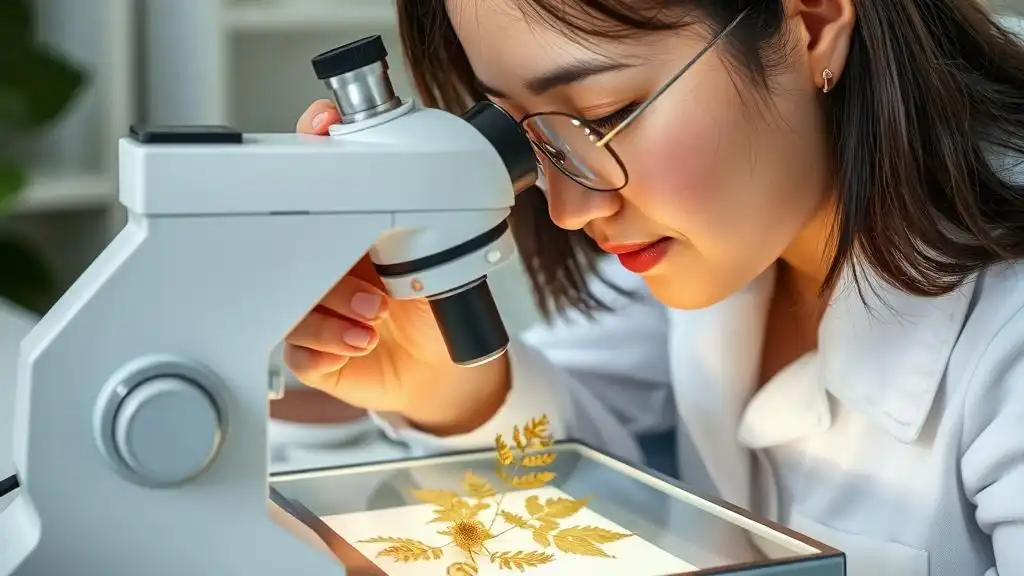When Cure and Blight: A Quick Look at Phytotoxicity

Like most living beings, plants may get sick, which is always upsetting and disturbing for gardeners of all sorts and skills. In all settings, taking care of environmental health is a huge responsibility that covers more aspects of agricultural endeavors than one could even imagine. Sometimes, beginners, whose professional path is only yet to start, might instantly jump at drastic measures, i.e., chemical control in particular.
Contents:
Like most living beings, plants may get sick, which is always upsetting and disturbing for gardeners of all sorts and skills. In all settings, taking care of environmental health is a huge responsibility that covers more aspects of agricultural endeavors than one could even imagine. Sometimes, beginners, whose professional path is only yet to start, might instantly jump at drastic measures, i.e., chemical control in particular.
The consequences of utilizing synthetic materials in the garden may be detrimental and result in such a severe condition called phytotoxicity. What is phytotoxicity of plants then? How to detect this problem on time? And can you overcome this challenge with minimal damage? Read our article and let us get educated together.

What Does Phytotoxicity Mean?
Essentially, phytotoxicity refers to the degraded plant’s health state caused by the negative impact of chemicals or other types of external interference. In simple terms, this means that the greens suffer from current unsuitable treatment which features the plant’s welfare, its authentic appearance, and overall development.
The complications of any improper treatment might definitely threaten the floral world for good since it might not be even expected to meet new challenges to endure and overcome.
Being complex and peculiar deep down, this mechanism covers the misuse of chemical control methods. Plant self-regulation, however, may possibly presuppose the same event, when species produce phytotoxins as a defense strategy against its environmental enemies. For instance, some floral creations may release chemicals into the soil and, thus, suppress the germination and growth of a neighboring plant for a reason. This is usually called an “allelopathy”.
The Main Reasons for Phytotoxicity
In general, phytotoxicity is a problem that might have different sources. In the majority of cases, it is improper use of agricultural chemicals, like pesticides, herbicides, and fertilizers that lead to leaf burn, chlorosis, reduced growth, root damage, and necrosis in its final destination. Over-application, incorrect timing, and using inappropriate concentration may harm the environment and damage plant tissues.
Fertilizers, for example, can become the root of the problem, when applied in hot, arid (or extremely humid) conditions without any regulations to stick to. One should remember that chemicals overload the plant’s system and make it susceptible to other diseases. Hot temperatures make the plants even more vulnerable and sensitive, too. This is why instructions, provided by the manufacturer, cannot be neglected but put into action as soon as you are able to read them.
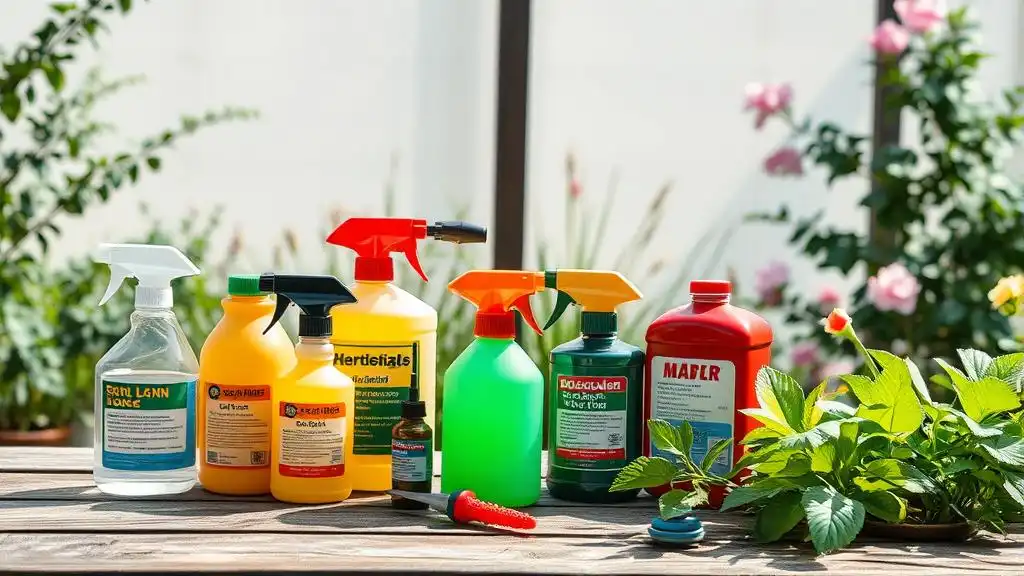
Besides, some problems occur thanks to the environmental conditions that are out of our control. Accumulation of heavy metals and ozone can turn a suitable, beneficial area for plants to grow and develop into a dubious space that hinders any chances of a garden inhabitant to survive.
Moreover, as we have covered before, some plants are capable of producing phytotoxins themselves. The most prominent examples might include Black Walnut (juglone production) and Eucalyptus (suppressing the growth of the closest neighbors there).
How to Diagnose Phytotoxicity Properly?
As you might have guessed, phytotoxicity issues comprise a large number of general, smaller-scale symptoms that should be inspected collectively. Otherwise, there is a chance of detecting a wrong disease and, hence, damaging plant health more notably. So, what is a phytotoxic activity indicator, and which ones are the most trustworthy?
Visual Assessment – Symptoms of Phytotoxicity
First things first, one should take a closer look at the diseased plant. If phytotoxicity is seen as the major presumptive diagnosis, the appearance of the plants powered by growth patterns may tell you the truth about the essence of a problem.
As a rule, such plants demonstrate leaf discoloration, wilting, early leaf shedding, stunted growth, leaf spots, deformations, and burn marks. Since phytotoxicity affects only those garden inhabitants that were treated with the use of chemical means, the complications should not expand but be limited to the originally chosen areas. One more thing to note is the uniformity and location of symptoms that are to be always consistent.
Thorough Symptom Analysis
Apart from the uniformity of injury patterns all across the plants, timing and greenery parts also matter. While the first aspect should take us closer to understanding if the garden went through pest control management or other closely related services, the latter may help one identify what chemicals became a source of a problem.
The Involvement of Disease ID Applications
These days, modern technologies, which we can really be proud of, can offer a wide range of tools and platforms for a unique yet optimized experience with the best support on each step of the journey. Plant lovers who respect their time and comfort have long been using AI Plant Finder, a convenient space for managing all the gardening routines, no matter how proficient a user can be.
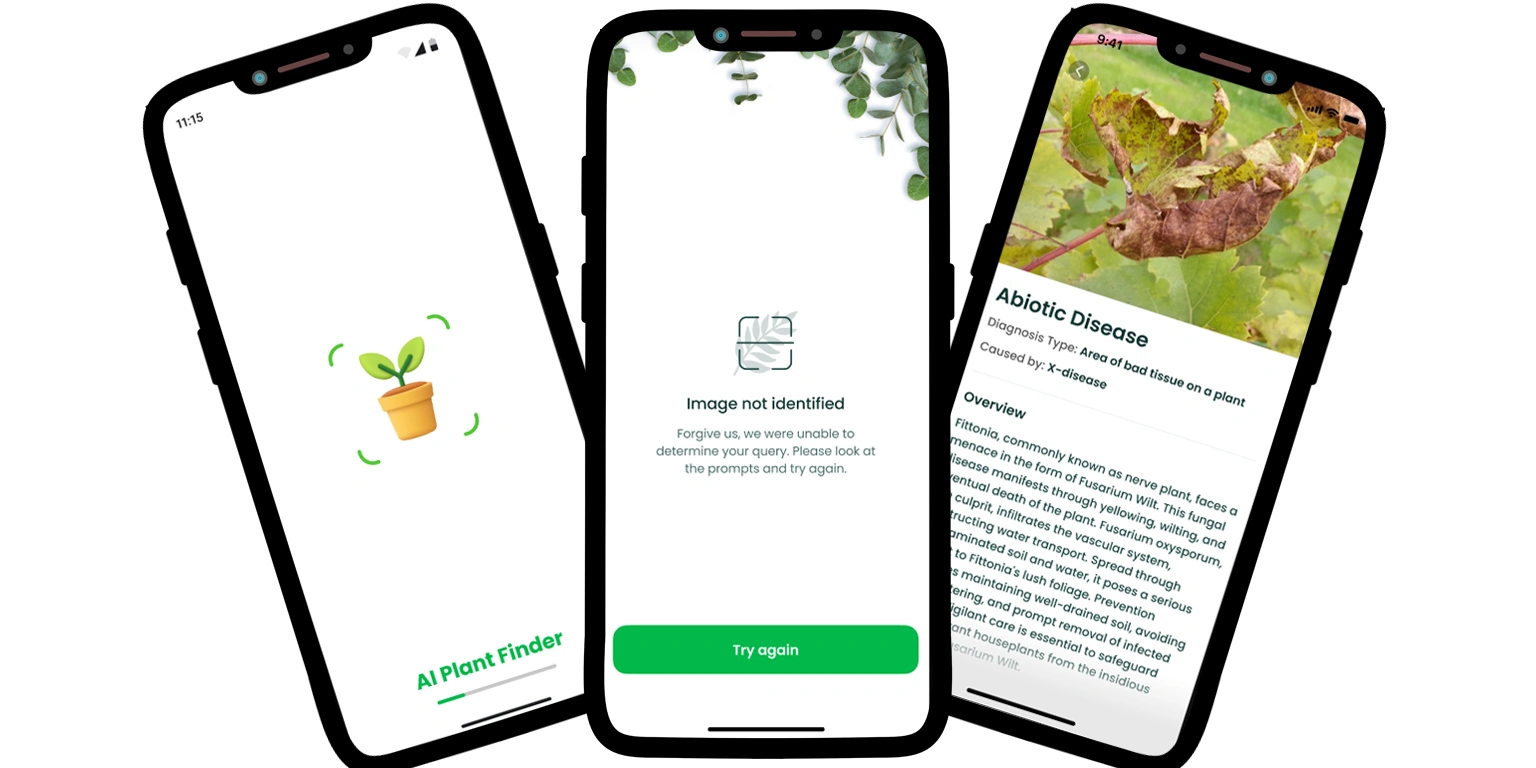
Disease ID feature, a renowned AI Plant Finder’s service, makes use of image recognition technology to identify phytotoxicity symptoms. The app can guide its users through a series of actions and observations about the plant to find a proper treatment plan in the end.
All you need to do is take photos of a diseased plant directly in the app and let the system analyze the images with the help of AI algorithms. Soon after, the app will provide a probable diagnosis, proving or disproving your assumptions. Other captivating features, like an illuminance meter, an AI Botanist, and plant care reminders are available for you to try now.
Is It Possible to Cure Phytotoxicity Injury?
Unfortunately for the plants, phytotoxicity damage cannot be cured but can be rid of, for this process is usually irreversible. The only right option is to prevent the occurrence of such an injury ever more by trimming off the dead plant parts, reducing the use of chemical techniques, and turning to milder, more environmentally friendly solutions.
Besides, the most important part is understanding the rules of utilizing pest/disease/herb control methods. Always remember to read the instructions carefully and follow them respectfully. This is how you can save your garden, keep it healthy, and promote its development for future aspirations as well.
Share:
Read More
Identify Any Plant, Diagnose Every Disease
Download Our App Now!
